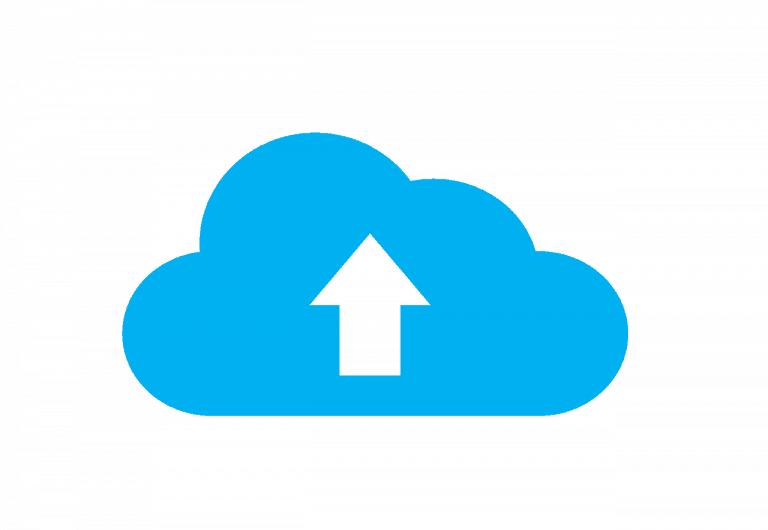How Technology Made Big Companies More Productive

Desktop computers began to replace typewriters in the 1980s, setting off what would eventually become an avalanche of increased productivity.
As the 1990s progressed, tools such as fax machines made it easier for businesses to communicate over long distances. With the introduction of email and teleconferencing, things really took off – and suddenly, people everywhere were conducting business at lighting speed.
 Let’s take a closer look at some ways technology made big companies more productive, and at some of the most exciting ways new innovations are enhancing business.
Let’s take a closer look at some ways technology made big companies more productive, and at some of the most exciting ways new innovations are enhancing business.
The Internet and Productivity
Believe it or not, the internet is more than 50 years old. While it only became widely available in the 2000s, it got its start in a government setting during the Cold War. Of course the original ARPAnet was tiny and slow, but it created important connections and proved that computers could communicate across long distances. These connections, which have expanded into a massive web of computers, tablets, smartphones, and connected smart devices, have enhanced productivity in countless ways. Here are just a handful:
- The internet allows big companies to take advantage of a global workforce, enabling productivity 24 hours per day, 7 days a week, 365 days a year.
- Vast, immeasurable quantities of information are available on demand, at all hours of the day. Businesses are no longer forced to conduct lengthy searches for insight or information.
- Online stores let big companies keep their doors open on a constant basis, and many opt to do business with clients worldwide.
- Thanks to the internet, companies have the ability to offer remote work or part-time telecommuting, two strategies which can increase employee engagement and result in greater productivity, often reducing costs associated with overhead simultaneously.
- With the rise of smartphones and tablets, workers have the ability to carry their jobs in their pockets if they so desire. Meetings can take place anywhere, and collaboration ha been greatly enhanced.
Cloud Computing and Productivity
When corporations gained access to cloud computing, storage capacity increased infinitely while overhead costs stabilized. Security concerns – including worries over physical threats to data – decreased at the same time. Like the internet, cloud computing enhanced collaboration. As cloud technology improves, businesses, workers, and customers reap the benefits that come with secure, rapid access to centralized information. The cloud helps people work smarter instead of harder, saving time and money in the process.
Apps and Productivity
Who doesn’t love a great app?
Just like the internet, mobile apps have a fascinating history, with early players like Java and Symbian paving the way for today’s social networking, travel, fitness, gaming, and yes, even productivity apps. Handy calendars and contact management apps are just the beginning. Big, powerful productivity apps such as Microsoft Word, Excel, and Powerpoint provide compatibility with desktops, and the cloud makes it easy for everyone to share and collaborate – even with coworkers halfway across the world – while on the go. Transcription apps aid creativity and productivity no matter where workers happen to be when an idea strikes, and time tracking apps help with productivity.
Too Much of a Good Thing?
Many experts note that technology hinders productivity rather than helping, particularly when workers are drowning in messages from different systems, opening multiple apps in an attempt to finish a single task, or struggling to search siloes for essential data.
Fortunately, the opposite is true so long as businesses use the right technology at the right time. Streamlining and integration eliminates distraction, does away with endless emails, and facilitates focus on high-value tasks. With a productivity portal such as Sapho, which integrates cloud services, on-site data solutions, apps, legacy software, and more, big companies can give their employees rapid, unfettered access to an entire suite of tools. Work is enabled everywhere on a large scale, and one-click workflows make it easy for employees to remain as engaged and productive as possible.





